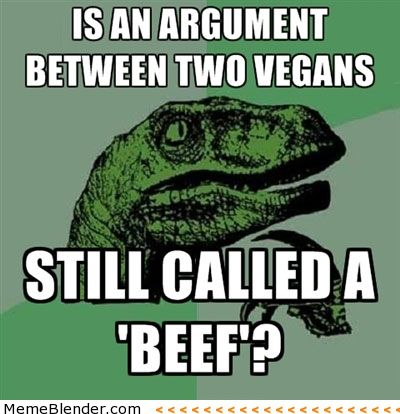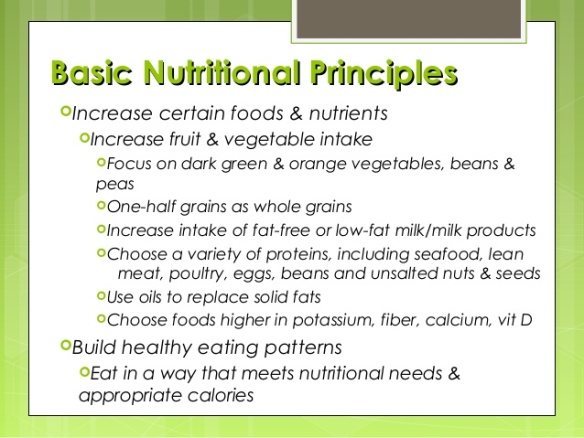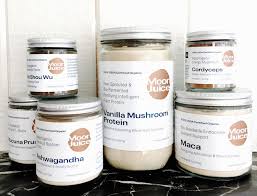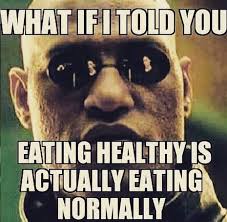I’ll admit it: I’m one of those lame fangirls women that follows all sorts of stupid celebrities on Instagram (Kylie Jenner, Lilly Ghalichi, and Gwen Stefani, to name a few) – but even more shameful are the NON-celebrity, “Instagram famous” peeps I pay attention to.
For example, ever heard of competitive bodybuilder @keriganpikefit (nearly 50K followers)? Or ninja supermom @charity.grace (313K followers)? Or perhaps the esteemed Aussie fitness legend @kayla_itsines, who has a staggering EIGHT MILLION followers?!??!
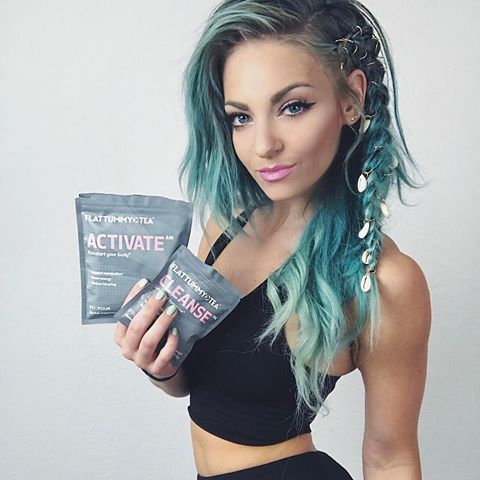
I am actually in love with Charity, though. No lies.
Believe it or not, even though these “fitness celebrities” have a lot of different pathways toward getting in shape, one thing they all share is a commitment to reverse dieting: the idea that after cutting calories to get down to a certain physique/body composition/weight number, they slowly ramp the calories back up (gradually; intentionally) to a level that is sustainable but doesn’t ruin their metabolisms.
This is an urgent concern for many of my formerly overweight training and nutrition clients that reach their goal weight and wonder – am I going to have to cut calories forever to keep this hot bod? And the answer is: HECK no (but you can’t go crazy the other way, either). Let me explain:
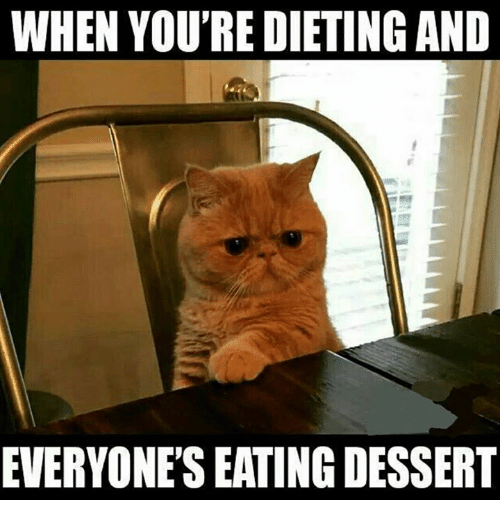
It’s no fun, I get it.
When you go on a deep-dive into a calorie-and-carb restricted diet, your body responds in a few ways. At first, it senses the deprivation in calories and draws on fat stores to close the “energy gap,” which is the intended effect – so you lose weight.
But the body is smart, and once you get it down to a healthy “set point” (a point about which I could write an entire other article, but for now, here’s a brief synopsis), it does everything in its power to slow down the weight loss bullet train, including:
- Making your organs consume less energy.
- Slowing down your heart rate
- Adversely releasing hormones that influence metabolism and appetite (thyroid, testosterone, leptin, ghrelin)
- Burning less energy during nonexercise activities (which for most of us make up most of our day)
- Using fewer calories to absorb and digest food (mostly because you’re eating less)
- Helping muscle tissue become more efficient, requiring less food-fuel for a given amount of exercise
Crap. Is your body, then, your own worst enemy? No, my friends, it’s simply a beautiful adaptation. And again, your gorgeous body is so damn smart, it adapts not only to the food restriction, but to increased levels of physical activity as well – meaning all that “bonus” cardio you’re doing to maintain your weight loss might be working against you on a calorie-restricted diet- and breaking down muscle to boot.
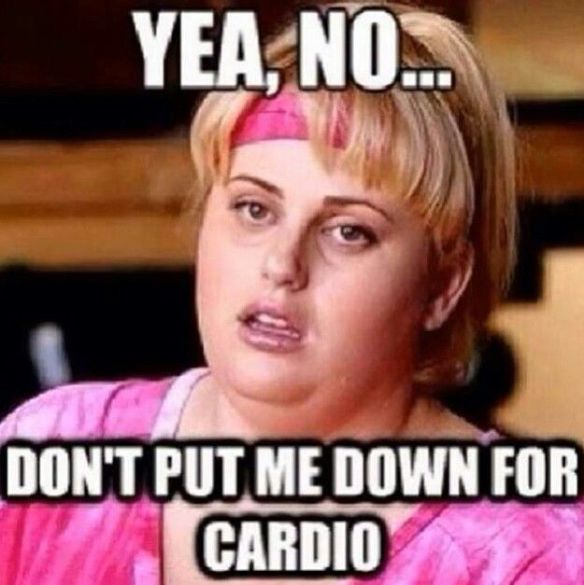
Sigh. I know, so far I’m not making a huge case for strategic weight loss, am I?
Well friends – here’s the light at the end of the tunnel: the concept of reverse dieting actually means you eat more food, do less cardio, and kickstart your maintenance (or in some cases, even more fat loss) diet in a way that makes you feel satisfied and energetic, rather than deprived and listless.
Here’s a breakdown of how to do it – and how to do it right:
- first, figure out how many calories you’re eating on an average day (my clients know this since their nutrition programs are completely calorie-counted for them; you can figure it out by tracking your intake for a few days on MyFitnessPal)
- second, figure out your protein intake by measuring 1 gram per pound of body weight, then multiply that by 4 to get the calorie intake of your protein needs
- third, subtract your protein calories from your total calories, then divide the remaining calories 60/40 (either fat:carbs if you do more weight lifting, carbs:fat if you do more cardio or are training for an endurance event) and divide those numbers by 9 (for total grams of fat) or 4 (for total grams of carbs) to get your daily macros (I know, this probably where I lost you, but I’ll share an example below)
- fourth, decide if you want to go progressive (2-5% increase in fat: carbs per week) or aggressive (6-10% per week), and multiply your macros to figure out how much you need to add to each week’s diet, then continue tracking your food to make sure you’re hitting those numbers
- finally, weigh yourself once per week to check in and make sure you’re not going too fast/aggressive (gaining weight) or too slow/ineffective (losing more weight / going underweight) on your “reverse” diet plan
As promised, here’s a real-world example (me): I take in about 1700 calories per day and weigh 133 pounds. That means I need to take in 133 grams of protein daily, or 532 calories’ worth of protein. That leaves 1168 calories for carbs and fat, which I eat in a 60/40 split because I am currently training for a marathon. 1168 x .6 = 700 calories of carbs and 467 calories of fat, which are 175 grams and 52 grams, respectively*.
If I wanted to slowly reverse diet after the race, I would add about 3% to my carb and fat grams (5g carb and 2g fat) each week until I felt super satisfied with my intake and happy with my body fat-to-muscle ratio. I’d keep all that great protein and see how my weight responded to the increase in calories, charging up my metabolism along the way.
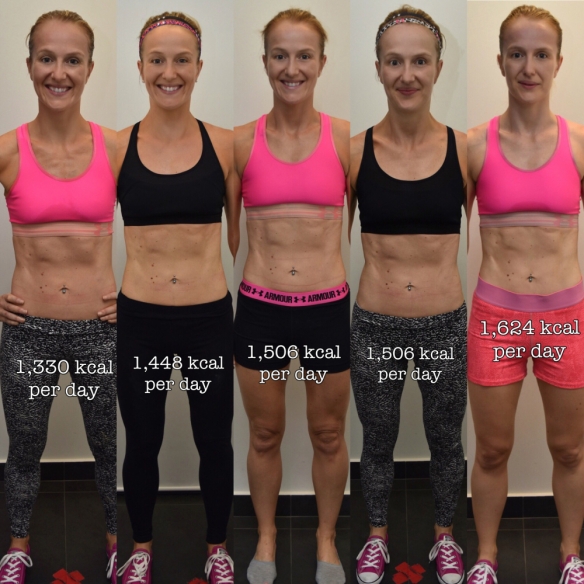
This is not me. But she IS killing it on her reverse diet plan.
Again, this is a program intended for someone who has recently lost a lot of weight and wants to maintain the loss and the body fat reduction without becoming a total slave to calorie restricted eating (sound familiar, yo-yo dieters?). It is also for someone who is willing to cut cardio (yep, reverse dieting depends on little to no steady-state cardio) and focus on heavy weight training at least 3-6 days per week to maintain every bit of their lean muscle metabolism (critical in this process).
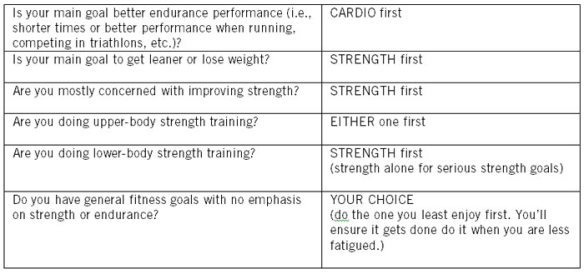
Even if you continue your cardio, prioritise your strength.
And as always – stay safe and happy, people. Never drop calories into the three-digit zone just to see a certain weight number, or avoid weight training just because muscle looks heavy on the scale. Making healthy choices includes making choices that are good for your mental health, so if you’re so hungry you can’t sleep at night, or avoid going out with friends so you don’t “eat bad,” it may be time for a different approach.
Whaddya think, weight-loss readers? Would YOU give reverse dieting a try?
*fun fact: I checked today’s ACTUAL macros after I wrote this, just to see how my “real self” stacked up to my “ideal” self in this entry. Turns out I went under on carbs (only 78g today – wtf?) and over on fat (67g) when left to my own devices. Time to carb up (and cut the fatty fat fat) for this weekend’s long effort!

















